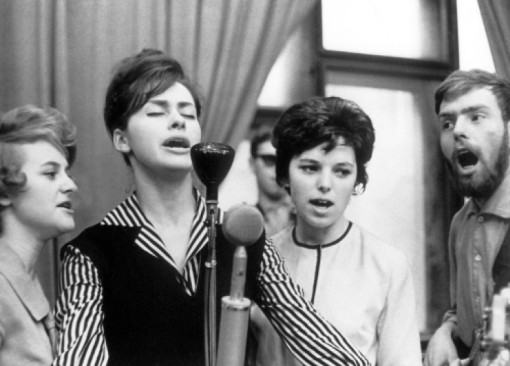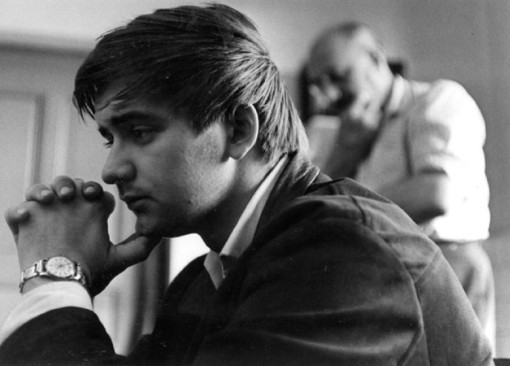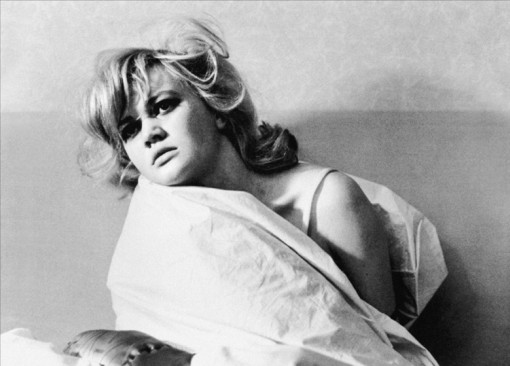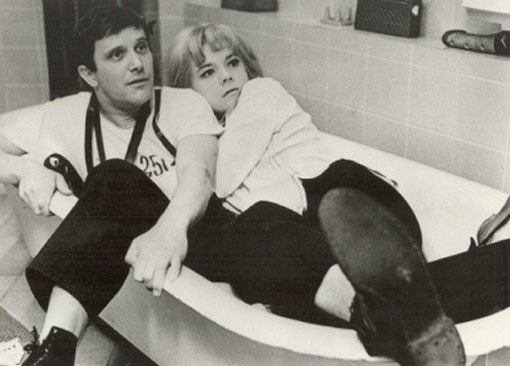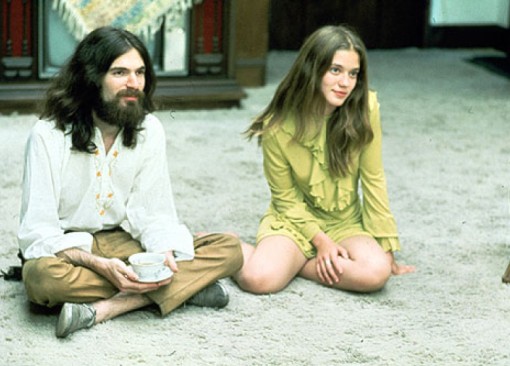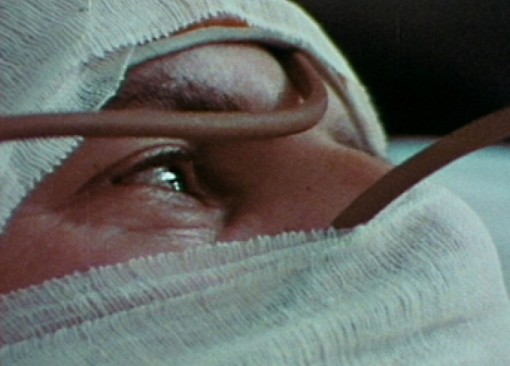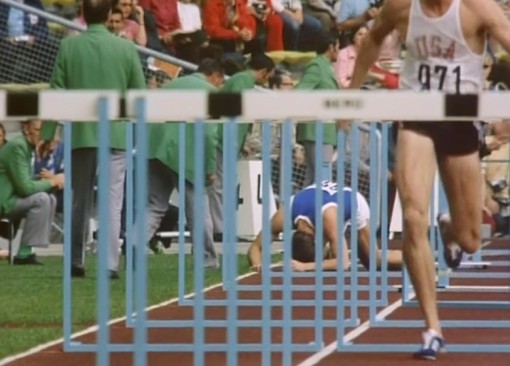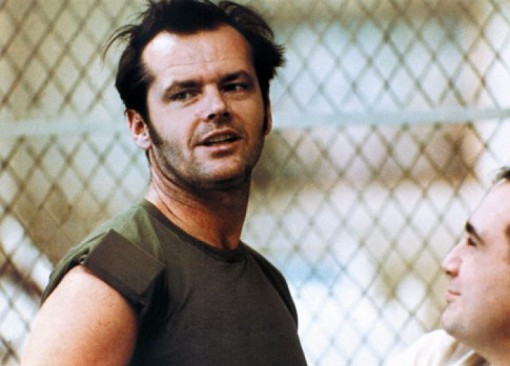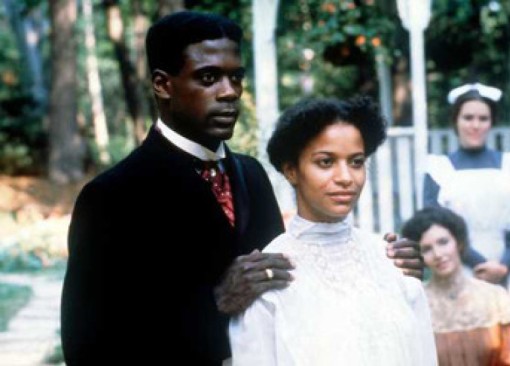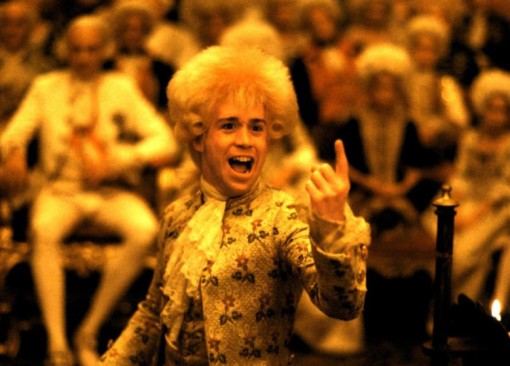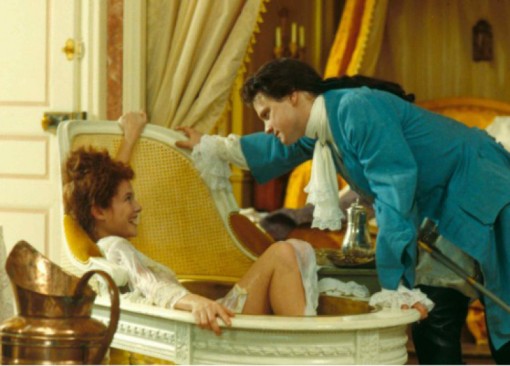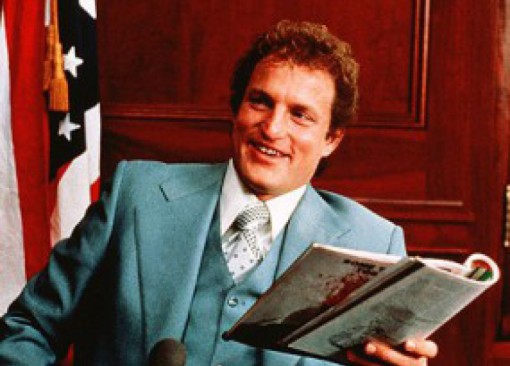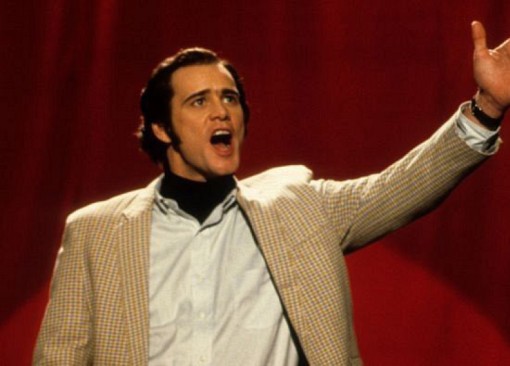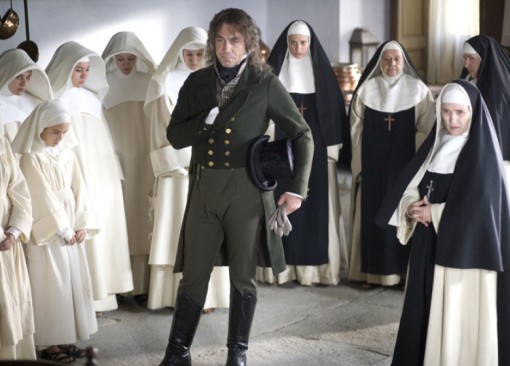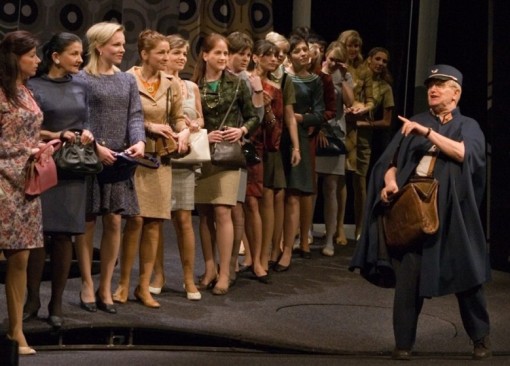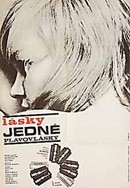“Gorgeous cinematography, a tremendously moving performance from the beautiful Hana Brejchova, and some wonderfully naturalistic dialogue combine to make this an examination of young love in communist Czechoslovakia, quite possibly cinema’s, and almost certainly Forman’s, most beautiful film.”
This film’s seemingly banal plot follows an episode from the life of a naive trainee from an all-girls boarding school as she is seduced by a pianist called Milda at a small town dance. After spending the night with him, she travels to Prague to visit. Unfortunately, there is no one is waiting for her there.
This bittersweet story points out the tragicomic absurdities of socialism in 1960s communist Czechoslovakia. It also offers insight into the more universal subject of the fragility of post-pubescent youth and the helplessness of their parents.
About the movie
With “Loves of a Blonde” Milos Forman shifted from the spontaneous expression of “Black Peter” to a particularly riveting story set in both a small town and the city of Prague. “Loves of a Blonde” is a bittersweet film; it is bitingly tragic and simultaneously touching. The film is not only about a trusting girl’s disappointment in love, it also offers a scathing characterization of society as a whole.
The film starts by poking fun at the social engineering of a socialist regime that tries to solve the lack of single men in a small Czech town with a shoe industry called Zruc-upon-Sazava, by sending a troop of conscripts there. However, a large group of married middle-aged reservists are sent to Zruc-upon-Sazava by mistake. The reservists clumsily try to court the girls at a dance organized to introduce the two groups. This scene is one of the best examples of poetic embarrassment in the sixties. The trusting Andula resists the reservists´ sexual advances but she is seduced by a young pianist from an orchestra in Prague named Milda. One of the tragicomic highlights of the film is their love scene in which Milda repeatedly attempts to pull down the window’s blinds.
The naive girl travels to Prague based on Milda’s passing (and insincere) invitation.The story culminates with an absurd scene in a bedroom at Milda’s parents’ apartment. The father, mother and son all lay in one double bed and argue about what to do with the girl. Forman describes the scene: “It’s a tight fit. The old man wants to sleep; the son would like to get thrown out so he can join the girl on the couch, but the mother runs the show and won’t tolerate any such filthy ideas under her roof.“ This scene is one of the most sensitive and bitterest examples of Czech narrow-mindedness.
Forman puts his token emphasis on large scenes that feature mass groups of people by placing the camera in the position of a casual observer to capture a prevailing atmosphere. More than two and a half million filmgoers made “Loves of a Blonde“ the most popular film in Czechoslovakia. “Loves of a Blonde“ was also well received by foreign intellectuals. In 2010 the movie was ranked #89 in Empire magazine´s “The 100 Best Films of World Cinema.”
Trivia
- The movie almost wasn’t made because the main script editor at Barrandov Film Studio said that it was the most boring script he had recently read and called it naive and unrealistic. Fortunately, the leaders of the creative group of the studio Jiri Sebor and Vladimir Sebar pushed the project through. One of the main arguments supporting the film was the fact that the budget was so low.
- In the U.S. the movie was shown with an additional scene. In this scene Andula waits for Milda in his parents’ apartment while he walks home another well-stacked girl. The girl promises to let him into her parents’ apartment through the window but this is actually a trick to get rid of him. The girl actually lives on the fourth floor, so Milda tries to get into the wrong window where unsuspecting neighbors are asleep.
- The authors met Josef Sebanek the man who played Milda’s father when they were looking for a suitable apartment for the scene at Milda’s parents’ place. The cinematographer Miroslav Ondricek took them to his wife’s aunt and uncle in the Prague quarter Karlin. That night when they left Sebaneks’ place in high spirits there were left in no doubt regarding who would play the father. Milada Jezkova, a turner who Jaroslav Papousek and Ivan Passer found on the tram, where she sharply commented on something, played his film wife. They found two of the most talented non-actors of their generation not only for their own movies but also for all of the Czech film industry.
- Forman combines professional actors with non-actors. He cast the famous Czech actor Vladimir Mensik in the role of a reservist. In one scene at the dance Mensik was to lead two non-actors Ivan Kheil and Jiri Hruby in the scene at the dance. His acting talent showed when he managed to lead both the actors, beat time and blend in.
- The movie was partially filmed in Zruc-upon-Sazava where there was a big shoe-factory that had an all-girls boarding school. Its authorities felt that their good reputation was damaged after the release of the movie because male expeditions allegedly started going there to meet girls.
- The movie was nominated for an Oscar and for a few months it was shown in selected cinemas in New York City. One day Jacqueline Kennedy stood in the queue to watch the film and two noticeably inconspicuous men, probably FBI agents, monitored her. Allegedly, she had a very good time.
- Because the movie was shot in black and white the cinematographer Miroslav Ondricek had the interiors painted black and white in order to “make it juicy.” Therefore everything was in grey, black and white.
- According to the cinematographer Miroslav Ondricek, Milos Forman would act out all of the adult actors´parts, so they basically played Milos Forman in the movie.
- The great Czech editor Miroslav Hajek edited the movie. Hajek edited all of Forman’s Czech movies. Later Forman even invited him to London to help edit the movie Ragtime.
Milos Forman about the movie
- “I wasn’t married for the second time yet at that time, so I often walked aimlessly from one friend to another, from one pub to another. One day after midnight I went home to Vsehrdova Street by car and suddenly I saw a girl with a suitcase crossing the bridge. I stopped the car and offered to help her. I got to know that she had come to see a boy, whom she´d met in Varnsdorf a few days ago. However, as she found out, the address he had given her was false. She told me about the situation in Varnsdorf, which was then in the movies. Big textile factories, depopulated areas after the resettlement of Germans, many more girls outnumbered the boys. Zruc-upon-Sazava was the same; only the factory was new for that Czech region.”
- “I cast Jana’s sister, not to take revenge on my first wife (Czech movie star of the sixties, Jana Brejchova, editor’s note), as whispering tongues claimed, but primarily because I had known her very well and for a very long time, and I knew that she was talented. Jana was always closer to the intellectual world. Hana was more common and uncomplicated, maybe because she wasn’t so noticeably pretty. She had an amazing ability of free expression, but with the risk that she didn’t recognize the extent. However, Vlada Pucholt held her firmly in the rhythm of the scene, in a professional position.”
- “I never considered anyone but Vladimir Pucholt for our piano player. This great actor, who had tremendous artistic intuition, completely mistrusted his talent. I think this was because he had a very rationalist disposition and could never see, much less measure, the result of his acting.”
“Was it good, Mr. Forman?” he asked me after every perfect shot.
“It was excellent!”
“Really?”
“Really.”“He never believed me and all of us loved him.”
- “Shooting “Loves of a Blonde”, I learned that mixing professional actors and non-actors actually helped both groups, but you had to have actors who could stand up to the challenge of the natural behavior of the non-actors. It takes a great actor to blend into a scene with people who are being themselves. And that’s what Vladimir Mensik was.”
- “I remember those few months in Zruc-upon-Sazava as some of my sunniest days in the movie business. We had all the time we needed. We played billiards. We choked on laughter watching Pucholt fight his parents in the narrow double bed.”
- “ 'Loves of a Blonde' sold out in cinemas across Czechoslovakia and won me the Klement Gottwald State Award. The award from the first communist president of the land and a legendary boozer was more of an embarrassment than anything else. The only good thing about it was the fat envelope that came with the ribbon. It contained 20 000 CZK (800 EUR), nearly a year’s salary, and it went a little way to make up for the contempt that Ivan (Milos Forman’s close associate, scriptwriter and film director Ivan Passer, editor’s note) exhibited for all laureates who won this award.”
Reviews
English
Senseofcinema.com (Constantin Parvulescu)
The One-Line Review (Iain Stott)
Cinefile.com (Michael Tenzer)
FilmFanatic.org
Greyfrankfilm.blogspot.com
Criterion.com (Dave Kehr)
New York Times (Bosley Crowther)
Filmreference.com (Blažena Urgošiková)
Czech
Instinkt (Pavel Taussig)
Odaha.com (Tomáš Odaha)
French
Les InRocks (Dominique Marchais)
Les InRocks (Philippe Azoury)
Locations
Czechoslovakia (today’s Czech Republic)
-
Zruc upon Sazava
- Train Station
- Reservists come to the city.
- Community Center in Miru Square
- The party attended by the reservists. Milada leaves the dancing hall.
- Sazavan Factory in Okruzni Street
- The workers go home after their shift is over.
-
Prague
- Grand Hall in Palace Lucerna, Vodickova Street
- The hall is full of dancers.
Awards
| Event | Place | Award | Category | W/N |
|---|---|---|---|---|
| 1965 | ||||
| Venice Film Festival | Venice Italy | Golden Lion | Best Film - Milos Forman |  |
| 1966 | ||||
| Oscar® - Academy Awards (39th Annual) | Los Angeles USA | Oscar® | Best Foreign Language Film |  |
| 1967 | ||||
| Golden Globe Awards (24th Annual) | Los Angeles USA | Golden Globe | Foreign Film – Foreign Language |  |
| Bodil Awards | Copenhagen Denmark | Bodil | Best European Film |  |
| Jussi Awards | Helsinki Finland | Jussi |
Best Foreign Director Milos Forman |  |
Credits
| Central Film Distribution, Prague presents | |
| Andula | Hana Brejchova |
| Milda | Vladimir Pucholt |
| Story and Screenplay by | Jaroslav Papousek, Milos Forman, Ivan Passer |
| Screenplay Editor | Vaclav Sasek |
Starring |
|
| Reservist Vacovsky | Vladimir Mensik |
| Reservist Manas | Ivan Kheil |
| Reservist Burda | Jiri Hruby |
| Milda's Mother | Milada Jezkova |
| Milda's Father | Josef Sebanek |
Supporting cast |
|
| Foreman Pokorny | Josef Kolb |
| Marie | Marie Salacova |
| Jana | Jana Novakova |
| Jaruška | Jarka Crkalova |
| Girl with a guitar | Tana Zelinkova |
| Zdena | Zdena Lorencova |
| Colonel Josef | Jan Vostrcil |
| Tonda | Antonin Blazejovsky |
| First Assistant Director | Ivan Passer |
| Assistant Production Manager | Jaroslav Solnicka |
| 2nd Camera Operator | Ladislav Chroust |
| Make up | Rudolf Hammer |
| Set Decorator | Vladimir Macha |
| Wardrobe | Zdena Snajdarova |
| Music by | Evzen Illin |
| Music Recorded by Orchestras | Karel Vlach´s Orchestra, ZK Sazavan Zruc nad Sazavou and Karel Vacek´s Jr. Orchestra |
| Art Director | Karel Cerny |
| Sound | Adolf Böhm |
| Film Editor | Miroslav Hajek |
| Production Manager | Rudolf Hajek |
| Director of Photography | Miroslav Ondricek |
| Directed by | Milos Forman |
| Production Unit | Jiri Sebor, Vladimir Bor |
| Processed at the Barrandov Film Laboratories, Prague | |
| © 1965 Barrandov Film Studios | |





